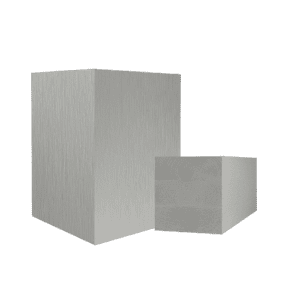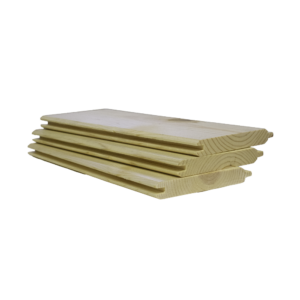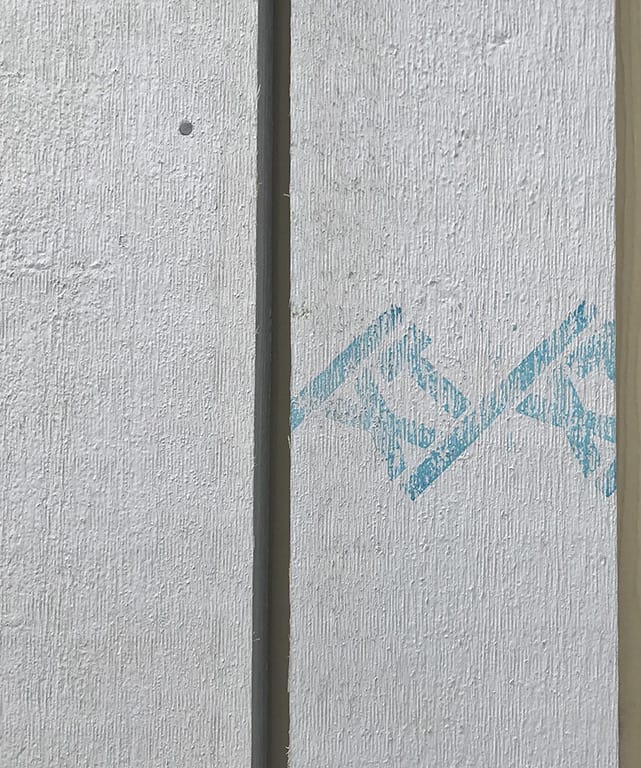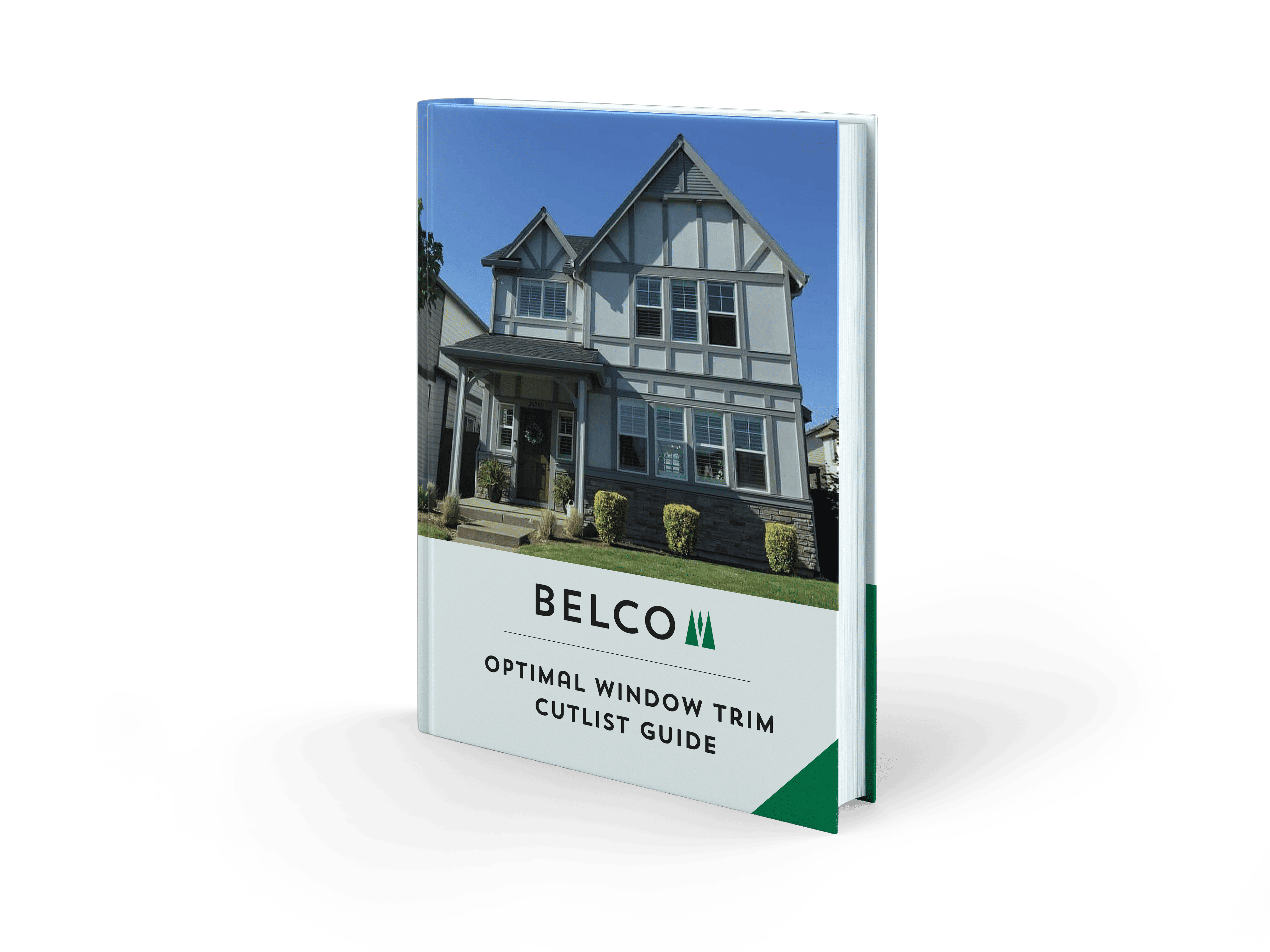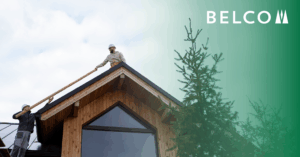Whenever you use wood for an exterior project, it needs to be treated in some way to help protect it from the elements. Wood is an incredibly durable and long lasting material that is versatile enough to be used in a wide range of areas, but too much exposure to moisture or insect activity can cause eventual problems.
One method that has been widely used to help treat wood to protect it from some of these issues is pressure treatment, which helps preserve the wood. This method of treatment can be effective, but comes with a number of different drawbacks that have left people searching for alternatives. Preservative-treated wood is another method that can offer protection from issues related to moisture, but without the many drawbacks of pressure-treated wood.
What Is Pressure-Treated Wood?
When comparing pressure-treated wood to non pressure-treated wood, you first need to consider the process used to treat the material. Pressure-treated wood is created by soaking the wood in a mix of chemicals, including metallics and other somewhat toxic elements. The wood is then placed in a pressure chamber which uses enormous amounts of pressure to force the chemicals deep into the wood’s fiber of the lumber to preserve and protect against forces of fungal decay, insect attack as well as resist the effects of moisture intrusion causing early fiber destruction.
The resulting wood is resistant to moisture, fungus, insect activity and in some cases fire. It’s durable and easy to use, as well as very readily available in a range of sizes, so most people have had at least some experience or contact.
The Problems with Pressure-Treated Wood
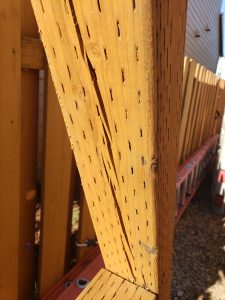
Pressure-treated wood is definitely going to perform better in most outdoor uses than non treated wood, but that doesn’t mean it’s the best material out there for every project.
The first issue is appearance. The chemicals used to treat the wood often leave behind a discoloration on the wood itself, which can be a drawback if you want to use a clear stain or other light color for the wood’s finish. This is less of an issue for wood being used for lumber and other non-finished areas.
The second, more concerning issue, is the chemicals that are used to treat the wood. Up until the mid 1990s, pressure-treated wood contained a form of arsenic, which was found to be leaching into the ground, nearby groundwater, and anything growing nearby. This was replaced by chromated copper arsenate, which was thought to be safer. However, the EPA has been watching the wood treatment closely, because the arsenate it contains could still be contaminating the areas it comes in contact with.
In addition, cutting pressure-treated wood often sends particles of the wood and its chemicals into the surrounding air. Many of these chemicals are toxic, and breathing them in could have health implications for the people who work with them regularly. The risk is currently considered low to moderate, but studies are ongoing.
Finally, when the form of arsenic was removed from pressure-treated wood, the chemicals that replaced it were found to be excessively corrosive. Using non-galvanized metal brackets, screws, nails, and other fastenings now result in heavy corrosion of the metal over time, potentially causing problems with structures such as decks, porches, and stairs.
What Is Surface Preservative-Treated Wood?
Surface, preservative-treated wood is an alternative to pressure-treated wood for some applications such as posts or decorative trim. Surface preservative-treated wood is topically treated, rather than having the chemicals forced into the wood. This means that the wood isn’t going to be chemically stained or radically changed in ways that could lead to appearance defects of the lumber.
The Wolman® AG treatment process on Lonza is the first to use non-metallic and non-toxic preservatives that can lead to long-term consequences for the environment or for the people working with it regularly.
Preservative-treated wood can be used in areas that are not meant for ground contact, such as trim, with excellent results. The preservatives can help prevent issues related to moisture and insect activity, ensuring a long lasting wood. Preservative-treated wood from Belco Forest Products is also primed and ready for installation, so it’s easy to work with and can help cut down on the work related to finishing the project.
Get the Right Material for the Job
Pressure-treated lumber has many uses and is important for use in areas that are prone to moisture-related issues to help prevent rot. However, it may not always be the right material for the job. By using a preservative-treated wood for exterior trim and other areas, you are using a better material for the job as well as keeping the environment and workers safer.
Contact an expert at Belco Forest Products for preservative-treated wood for your next project.


